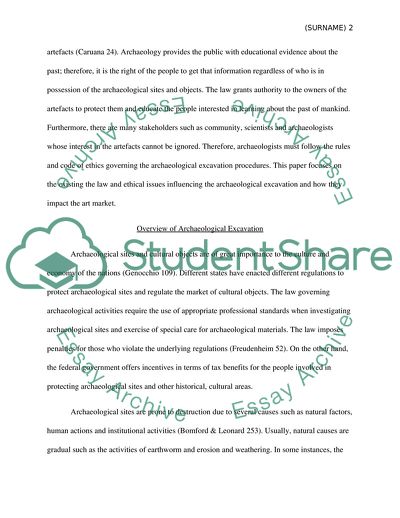Cite this document
(Legal and Ethical Issues in Archaeological Excavation and Their Research Paper, n.d.)
Legal and Ethical Issues in Archaeological Excavation and Their Research Paper. Retrieved from https://studentshare.org/law/1818110-ethics-assignment
Legal and Ethical Issues in Archaeological Excavation and Their Research Paper. Retrieved from https://studentshare.org/law/1818110-ethics-assignment
(Legal and Ethical Issues in Archaeological Excavation and Their Research Paper)
Legal and Ethical Issues in Archaeological Excavation and Their Research Paper. https://studentshare.org/law/1818110-ethics-assignment.
Legal and Ethical Issues in Archaeological Excavation and Their Research Paper. https://studentshare.org/law/1818110-ethics-assignment.
“Legal and Ethical Issues in Archaeological Excavation and Their Research Paper”, n.d. https://studentshare.org/law/1818110-ethics-assignment.


